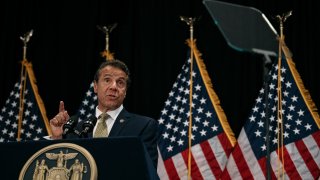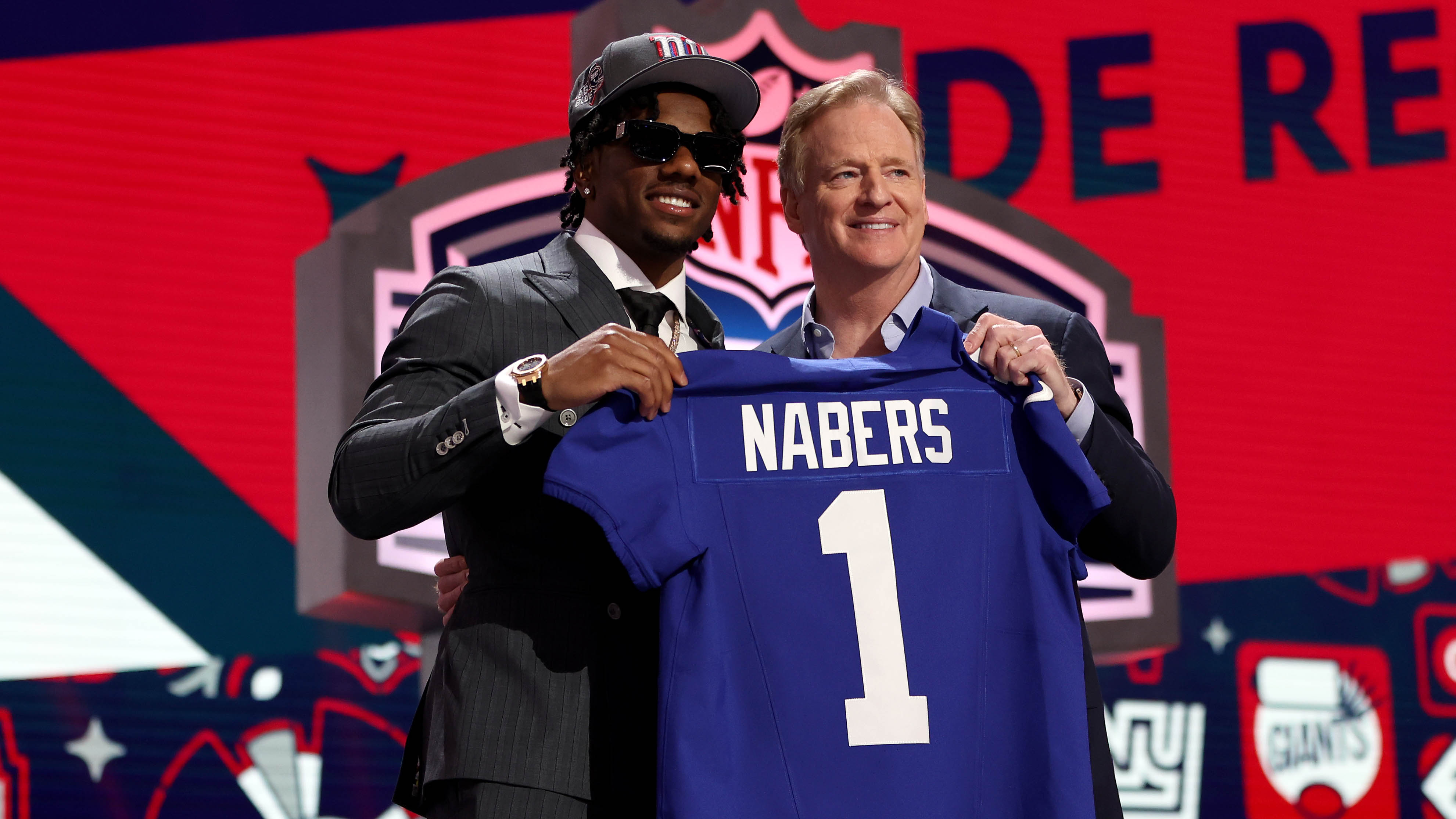
New York made little progress last year toward its goal of boosting renewable energy production, the state’s bulk electricity grid operator said in a report Wednesday.
Wind and solar projects under development, however, along with a push for new transmission projects, could help the state reach targets set by a 2019 law for the end of the decade, according to New York Independent System Operator President and CEO Rich Dewey.
About 22% of the state’s energy production came from hydropower in 2019, similar to the previous year, the power grid operator said. Other renewable energy sources, including wind and solar, made up just 5% of energy produced in New York that year. Wind production slightly ticked up compared to 2018, while other renewable energy production, including solar, was essentially flat.
New York is trying to meet ambitious goals under a sweeping 2019 climate change law, which calls for New York to have 70% of its electricity production be renewable by 2030.
Get Tri-state area news and weather forecasts to your inbox. Sign up for NBC New York newsletters.
Still, Dewey said he is seeing signs the state will make headway in coming years, including in its efforts to develop off-shore wind projects.
There are 10 wind or solar projects far along in the state's approval process that would provide nearly 1,000 megawatts, according to New York State Energy Research and Development Authority spokeswoman Claudette Thornton.
She said developers have proposed or started seeking public input on another two dozen wind or solar projects.
Local
“We continue to accelerate renewable deployment across the state, and with a robust existing pipeline of both distributed and utility scale projects, we remain on track to meeting each goal on the path to economy wide carbon neutrality,” Thornton said.
In April, state lawmakers and Gov. Andrew Cuomo passed a new streamlined approval process for large renewable energy projects in hopes of speeding up construction. And a newly created Office of Renewable Energy Siting can decide whether local regulations are “unduly burdensome.”
Leaders of environmental and clean energy groups have lamented it can take five to 10 years to get a renewable energy project built in New York. But the push to speed development has drawn criticism from some rural communities, including citizens and local leaders who have fought wind turbines over concerns about noise, health and obstructed views.
“One of our concerns is that they’re putting massive industrial renewable energy projects into small towns upstate knowing that right now we do not have any method to get electricity to downstate,” said Kate Kremer, vice president of Save Ontario Shores, which has been fighting a wind turbine project at the western end of Lake Ontario for five years.
Dewey acknowledged that moving renewable energy from upstate to downstate New York — which largely relies on fossil fuels — is a challenge.
Dewey said he’s hopeful that new transmission projects in the works could come online in the state by 2023 or 2024. The new changes passed by lawmakers in April included expediting the state’s review of certain transmission projects and putting a priority on major transmission line projects.
But Kremer warned transmission projects will likely see opposition of their own.
“Not only has the state decided it’s going to push these projects into small towns, but it’s now going to push through these transmission projects,” Kremer said.
New York faces other steep hurdles to meet its ambitious goals, which include a zero-emissions grid by 2040.
Nuclear power accounted for 56% of the state’s zero-emission generation in 2019, and the state plans to shutter a downstate nuclear plant by 2021.
Dewey said the most efficient way for New York to meet its goals is carbon pricing, a market-based method for reducing greenhouse gas emissions that puts a price on carbon emissions. The climate change law tasks the state’s environmental agency with coming up with a “social cost of carbon.”
Dewey said his staff members are already exploring how New York could start using carbon-pricing, which would push more risk onto the market rather than have consumers face higher costs under 20-year contracts with energy developers.
“We won’t move forward unless New York state is with us,” Dewey said.
___
Associated Press writer Mary Esch contributed to this report.



